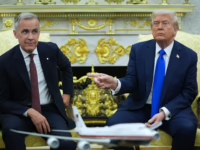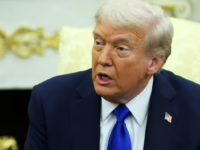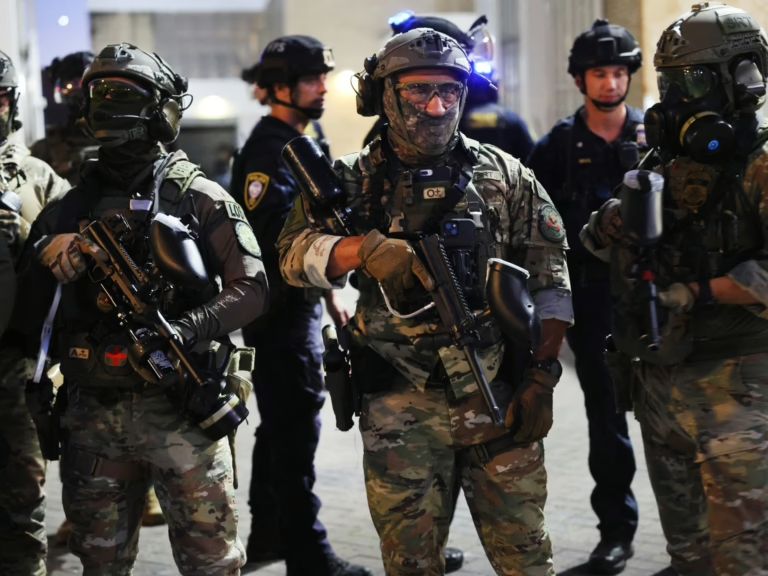President Donald Trump has warned that he may resort to the Insurrection Act, a federal statute enacted in 1807, should judicial rulings or state authorities obstruct his initiative to station military personnel in American cities as part of his intensified immigration enforcement strategy.
This declaration emerged amid a federal judge’s temporary injunction on Monday against his attempt to deploy National Guard forces in Portland, Oregon, while Illinois’ Democratic governor condemned the planned troop presence in Chicago as an “invasion.”
Trump has already authorized the deployment of troops in Washington, DC, and California, citing escalating crime rates and the sheltering of undocumented immigrants as justification.
But what exactly motivates Trump to consider invoking this historic law, and what legal challenges might he face?
Is There an Insurrection in Portland?
On Monday, Trump asserted that Portland is experiencing an insurrection, though no substantial evidence supports this claim. Speaking from the White House, he described the situation as a “criminal insurrection.”
Oregon’s Democratic Governor Tina Kotek strongly refuted this, stating, “There is no insurrection in Portland. No threat to national security.”
An insurrection involves a violent uprising against governmental authority or those in power. The incidents in Portland, however, do not align with this definition.
Recent protests in Portland, particularly near an Immigration and Customs Enforcement (ICE) facility, were sparked by opposition to Trump’s mass deportation policies. These demonstrations led to confrontations with federal agents, including personnel from the Department of Homeland Security (DHS) and Customs and Border Protection.
Following clashes on October 4, authorities arrested two individuals for failing to comply with orders and engaging in aggressive conduct on the streets.
Understanding the Insurrection Act
The Insurrection Act empowers the US president to deploy military forces or federalize National Guard units anywhere within the country to restore order during instances of insurrection.
The National Guard serves dual roles, assisting both state and federal governments. Typically, state governors authorize their deployment for emergencies, but the president can also mobilize these forces for federal missions abroad.
Originally enacted by President Thomas Jefferson in 1807, the Act has roots in the Militia Acts of 1792, which outlined presidential authority to summon state militias during crises.
This law operates alongside the Posse Comitatus Act of 1878, which generally restricts the president from using the military for domestic law enforcement. However, the Insurrection Act provides an exception, allowing military intervention during insurrections.
On Monday, Trump emphasized the Act’s purpose, stating, “We have an Insurrection Act for a reason. If people were being killed and courts or local officials were obstructing us, absolutely.”
Is Trump Legally Able to Invoke the Insurrection Act?
Constitutional expert Bruce Fein explained to Al Jazeera that the Act’s presidential powers are intended for significant rebellions akin to the Civil War, where conventional law enforcement and judicial systems fail.
“No reasonable person believes a rebellion is occurring in Portland,” Fein remarked.
He also noted the ambiguity surrounding whether a president’s declaration of insurrection can be legally contested in court.
“Congress could, however, pursue impeachment if the Act is misused,” Fein added, highlighting that military personnel are obligated to disobey unlawful orders.
Fein concluded that Trump’s invocation of the Act in Portland would be “clearly unlawful,” even if judicial challenges are limited.
How Has Trump Deployed the National Guard Without Using the Insurrection Act?
Trump’s initial National Guard deployment occurred in June, when he sent 2,000 troops to Los Angeles amid protests against ICE’s immigration enforcement.
California Governor Gavin Newsom opposed this move. To bypass the need for gubernatorial consent required under the Insurrection Act, Trump invoked Title 10 authority, a federal statute permitting deployment without state approval.
Fein noted that legal challenges to Trump’s use of Title 10 have produced mixed results in lower courts and may soon be resolved by the Supreme Court, with a likelihood favoring Trump.
In August, Trump dispatched 800 National Guard members to Washington, DC, citing a surge in violent crime.
Most recently, he authorized 300 National Guard troops to Chicago in response to protests against immigration crackdowns.
Illinois officials have responded with legal action, filing a lawsuit in the US District Court for the Northern District of Illinois, Eastern Division, condemning the deployment as “unlawful and dangerous.”
Governor JB Pritzker announced a court hearing scheduled for Thursday to address the matter.
When Was the Insurrection Act Last Used?
According to the Brennan Center for Justice, the Insurrection Act has been invoked approximately 30 times throughout US history.
The most recent instance was in 1992, when President George H.W. Bush deployed troops to Los Angeles following riots sparked by the acquittal of four police officers involved in the beating of Rodney King.
After six days of unrest, 2,000 National Guard troops and 1,500 Marines were mobilized. The riots resulted in 63 fatalities and widespread destruction through looting, assaults, and arson.
Current Developments in Portland
On Saturday, Trump utilized Title 10 authority to deploy 200 National Guard troops to Oregon, but a federal judge issued a temporary restraining order delaying the deployment until at least October 18.
In response, California Governor Newsom announced on Sunday that 300 California National Guard members were being sent to Oregon. While Washington state has not formally confirmed participation, Governor Kotek acknowledged the arrival of California troops in Oregon.
Newsom condemned the deployment as a “stunning misuse of legal authority and power.”
He vowed to challenge the action in court, urging the public not to remain silent in the face of what he described as “reckless and authoritarian behavior” by the president.






















